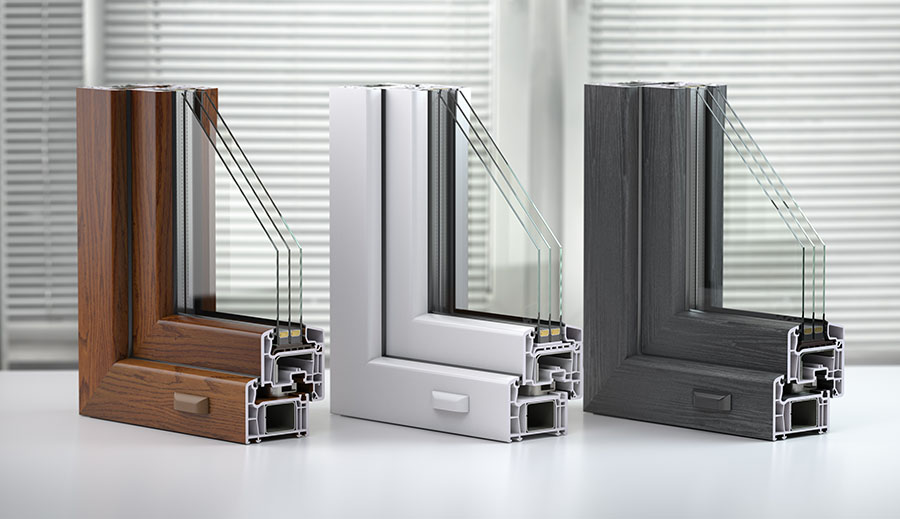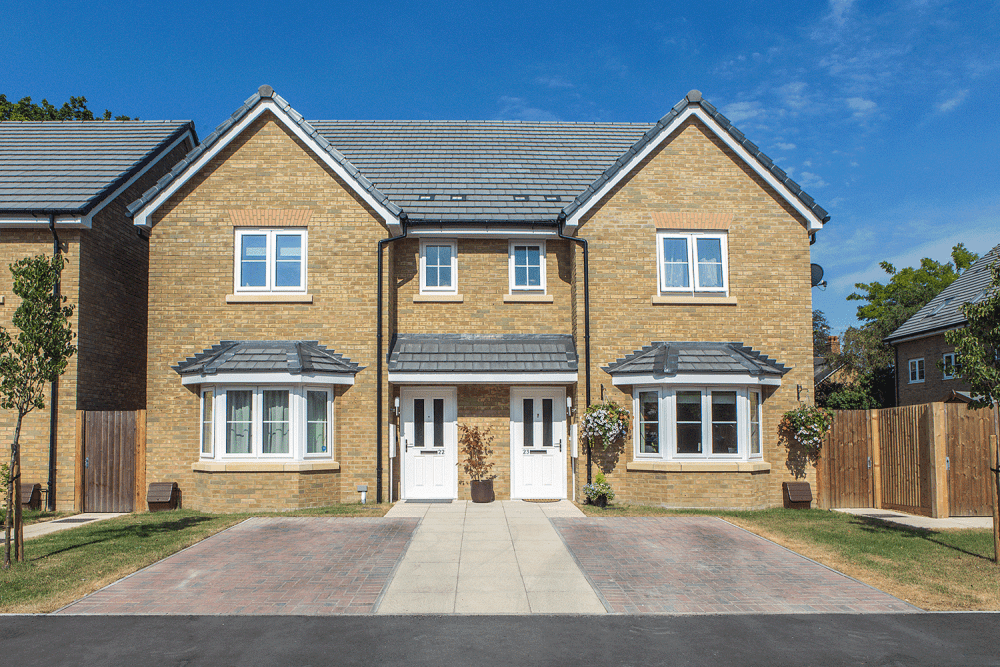
As energy costs continue to rise, homeowners are increasingly seeking ways to improve their home’s energy efficiency and reduce heating bills.
One of the most effective solutions is upgrading to energy-efficient uPVC windows. These windows improve your home’s thermal performance while contributing to a more sustainable future by lowering your carbon footprint.
In this blog, we’ll explore how uPVC windows work, their key features, and why they’re a smart investment for any homeowner.
What makes uPVC windows energy efficient?
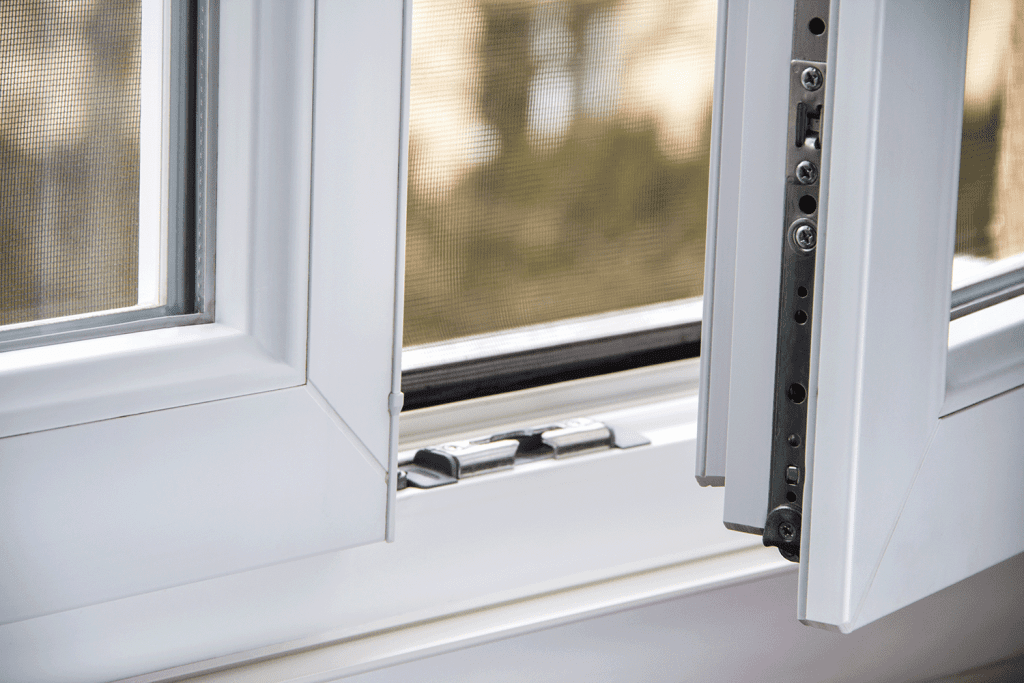
uPVC (unplasticised polyvinyl chloride) windows are renowned for their excellent thermal insulation properties. Their energy efficiency stems from a combination of advanced materials, innovative designs, and modern manufacturing techniques.
Superior insulation
uPVC frames are naturally low in thermal conductivity, which means they significantly reduce heat transfer between the inside and outside of your home. This helps maintain a consistent indoor temperature, keeping your home warm in winter and cool in summer.
Multi-chambered frame design
Many uPVC window systems feature multi-chambered profiles that act as barriers to conductive heat loss. These chambers trap air, preventing heat from escaping and cold air from entering.
Tight seals
The precision-engineered seals on uPVC windows eliminate draughts and prevent external noise from entering your home, further improving comfort and energy efficiency.
The role of glazing in energy efficiency
The type of glass used in your windows plays a crucial role in determining their overall thermal performance. Modern uPVC windows often incorporate double or triple glazing to maximise energy savings.
- Double glazing: This consists of two panes of glass separated by a layer of inert gas such as argon. The gas minimises heat transfer, reducing the amount of heat lost through the window.
- Triple glazing: Adding a third pane of glass improves insulation even further, making triple glazing ideal for homes in colder climates or those looking for the most energy-efficient solution.
- Low-emissivity (Low-E) glass: This type of glass has a special coating that reflects heat back into your home while allowing natural light to pass through. It reduces the amount of heat lost without compromising on brightness.
How do uPVC windows reduce heat loss?
Heat loss through windows can account for up to 25% of your home’s total energy loss. uPVC windows combat this issue effectively by addressing several key factors:
- Thermal breaks
The multi-chambered design and use of warm edge spacers create thermal breaks that prevent heat from escaping through the frame or glass panes. - Inert gas fillings
The space between the panes of glass in double or triple glazing is often filled with argon or krypton gas. These gases are less conductive than air, further reducing heat transfer. - Compliance with building regulations
Modern uPVC windows are manufactured to meet stringent building regulations, ensuring they achieve low U-values (a measure of heat transfer). A lower U-value means better insulation and less heat loss.
Lower energy bills and environmental benefits
By reducing the amount of heat lost through your windows, uPVC systems help lower energy bills significantly. Here’s how:
- Reduced heating costs: With less heat escaping, you’ll rely less on your central heating system during colder months, leading to lower heating bills.
- Solar gain: Energy-efficient uPVC windows can also optimise solar gain – allowing natural warmth from sunlight to enter your home while minimising unwanted heat loss.
- Lower carbon footprint: By consuming less energy for heating and cooling, you’ll reduce your home’s environmental impact and contribute to a more sustainable future.
What types of frames and styles are available?
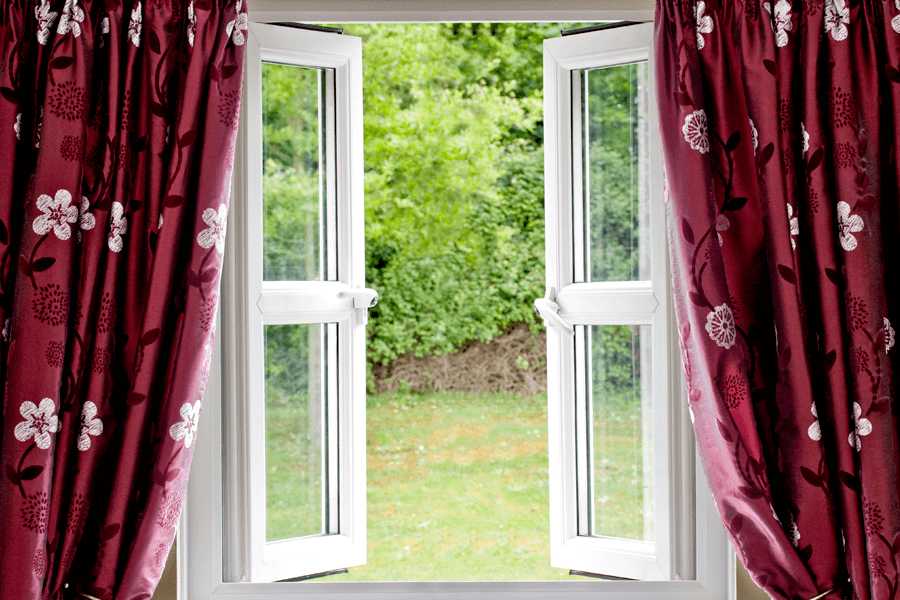
uPVC windows come in various styles and designs to suit all types of homes while maintaining excellent energy efficiency.
- Casement windows
Casement windows are among the most popular choices due to their versatility and airtight seals that prevent drafts. - Sash windows
For period properties or homes with traditional aesthetics, sash windows combine classic charm with modern thermal efficiency. - French windows
French windows offer an elegant design while providing excellent insulation and ventilation options. - Replacement windows
Upgrading old single-glazed or inefficient double-glazed units with modern uPVC replacement windows can dramatically improve the energy efficiency of your home.
How do energy ratings help you choose efficient windows?
The British Fenestration Rating Council (BFRC) provides an easy-to-understand rating system for window energy performance, ranging from A++ (most efficient) to E (least efficient). These ratings consider factors like U-value, solar gain, and air leakage.
When choosing new windows, look for BFRC-rated products to ensure you’re investing in an efficient window system that complies with UK building regulations.
FAQs about energy efficient uPVC windows
How do I know if my current windows need replacing?
If you notice draughts, condensation between panes of glass, or rising energy costs despite no changes in usage, it might be time for replacement windows. Upgrading to modern uPVC systems can significantly improve your home’s energy efficiency.
Can I install energy-efficient uPVC windows myself?
While it’s possible to install uPVC windows yourself, it’s generally recommended to hire a professional. Proper installation ensures that the windows are sealed correctly, maintaining their energy efficiency and warranty.
Will energy-efficient uPVC windows affect the appearance of my home?
Energy-efficient uPVC windows come in a wide range of styles and finishes, allowing you to maintain or improve your home’s aesthetic while increasing its thermal performance. From traditional sash designs to modern casement styles, there’s a solution to suit every property.
Final thoughts: Why choose energy efficient uPVC windows?
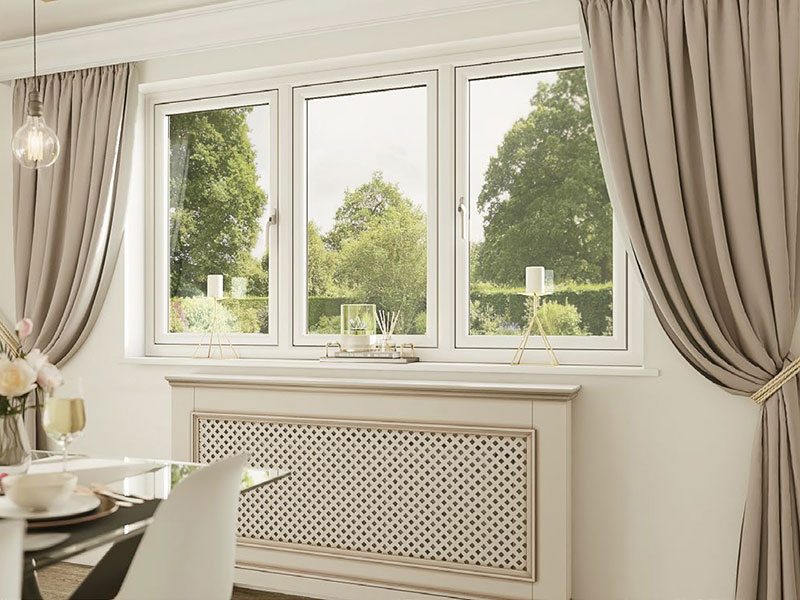
Energy-efficient uPVC windows are a cost-effective solution for homeowners looking to improve their home’s thermal performance while reducing energy bills. With features like double glazing, low-emissivity glass, multi-chambered frames, and tight seals, these windows offer superior insulation and long-term savings.
At Boston Trade Frames, we specialise in high-performance uPVC window systems designed to meet the needs of modern homeowners. Whether you’re upgrading old single glazing or building a new property, our range of products is tailored to maximise the energy efficiency of your home.
Ready to transform your home’s energy efficiency?
Contact Boston Trade Frames today for expert advice on choosing the perfect energy-efficient uPVC windows for your property. Let us help you create a warmer, more comfortable home while lowering your heating bills and carbon footprint.
More from us
The Boston Trade Frames Difference: Family Values in Window Manufacturing
uPVC vs Aluminium Windows: A Guide for Boston Homeowners
Navigating Lincolnshire Conservation Areas: 5 Essential Tips for Window Installers
Back to news

